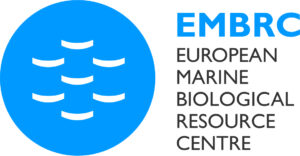DNA Sequencing platform
Key research areas
Functional and comparative genomics, Population genetics and phylogeography, environmental genomics
People involved
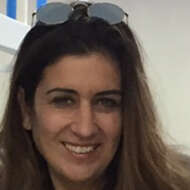
Elena Sarropoulou
Research Director
+30 2810 337753
sarris@hcmr.gr
“…[A] knowledge of sequences could contribute much to our understanding of living matter.”
(Frederick Sanger – Biographical, 1980)
The DNA Sequencing facility offers Sanger and high-throughput sequencing technologies to all HCMR researchers and to the broader academic community in Greece. The IMBBC was the first to introduce a Next Generation Sequencing (NGS) platform in Greece, by acquiring the 454/Roche GS FLX sequencer, in 2009. Our long-term expertise in genomic, transcriptomic and amplicon sequencing using NGS technologies enables us to offer the latest NGS applications, as well as basic bioinformatics analysis.
To date, the DNA Sequencing facility of IMBBC embodies the three-generation sequencing platforms, represented by the ABI3730 capillary sequencer, Illumina MiSeq and Oxford Nanopore MinION, along with the respective instrumentation to quality and quantity assessment during the NGS library generation and sequencing workflow.
ABI 3730 DNA analyzer (1st generation DNA sequencing)
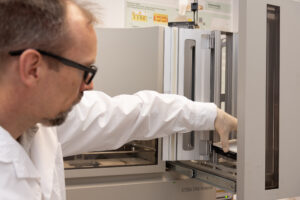
The ABI 3730 analyzer is regarded as the “Gold Standard” in Sanger sequencing. It has 48 capillaries 36 cm long, and can be used for Sanger sequencing and fragment analysis (e.g. microsatellite and SNP genotyping). Applications include species identification, SNP screening, mutation detection, parentage analysis, population genetic and phylogenetic studies.
Illumina MiSeq (2nd generation DNA sequencing)
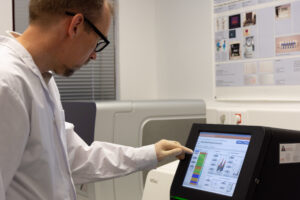 The Illumina Sequencing By Synthesis technology produces short reads with low error rates, typically around 1%. The MiSeq system has a maximum output of 15Gb, when paired-end 2 x300 bp sequencing is performed. It is suitable for amplicon and other targeted sequencing, shotgun DNA sequencing of small genomes (de novo & resequencing), small-scale metagenomic studies, smallRNA/miRNA sequencing;3’UTR tagged expression analysis, transcriptome sequencing, as well as, for quality control of DNA libraries before larger-scale sequencing.
The Illumina Sequencing By Synthesis technology produces short reads with low error rates, typically around 1%. The MiSeq system has a maximum output of 15Gb, when paired-end 2 x300 bp sequencing is performed. It is suitable for amplicon and other targeted sequencing, shotgun DNA sequencing of small genomes (de novo & resequencing), small-scale metagenomic studies, smallRNA/miRNA sequencing;3’UTR tagged expression analysis, transcriptome sequencing, as well as, for quality control of DNA libraries before larger-scale sequencing.
Oxford Nanopore MinION (3rd generation sequencing)
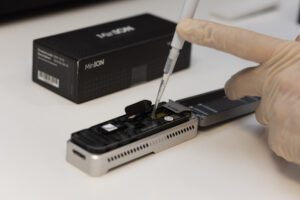
MinION is a powerful, portable sequencing device that delivers cost-effective and real-time access to up to 30 gigabases of long-read sequencing data. The current (early 2020) sequencing error rate is around 10 % and the record longest read is 2.27 Mbases, but the technology is evolving rapidly, and yield and accuracy are continuously improving.
The DNA Sequencing facility is part of the following Research Infrastructures and Transnational Access projects:
News
- Symposium “Genomics in Aquaculture (GIA2020)”








